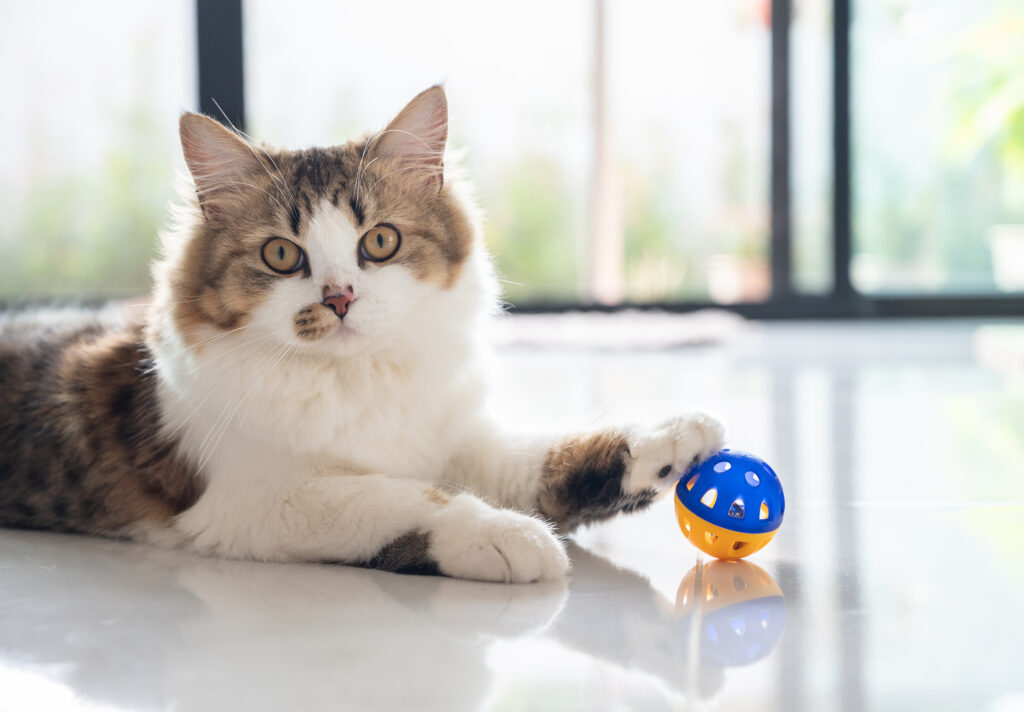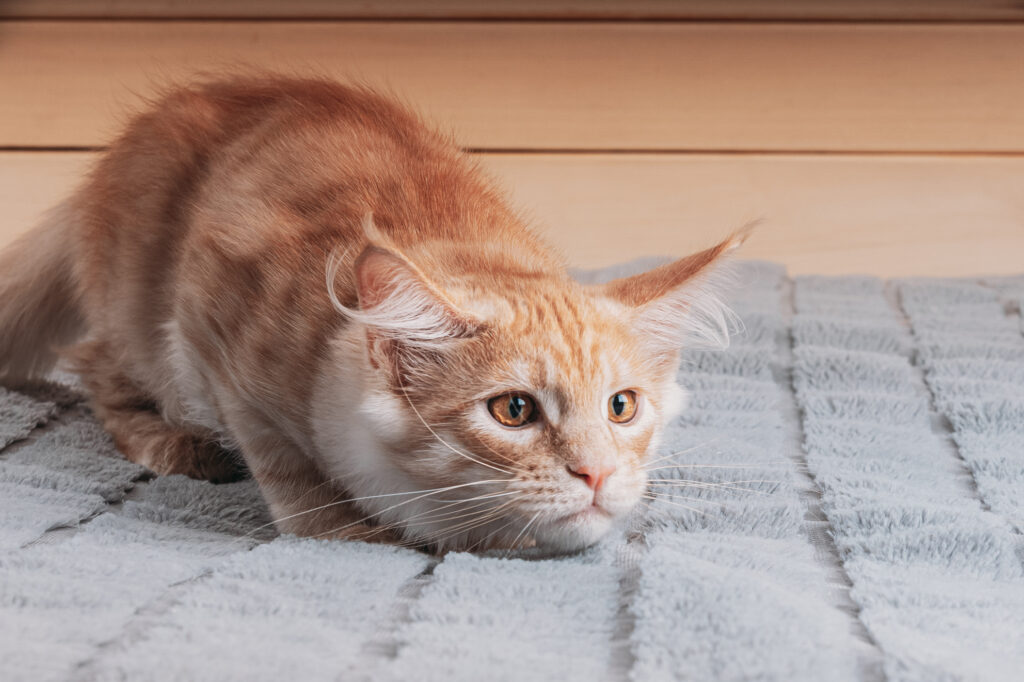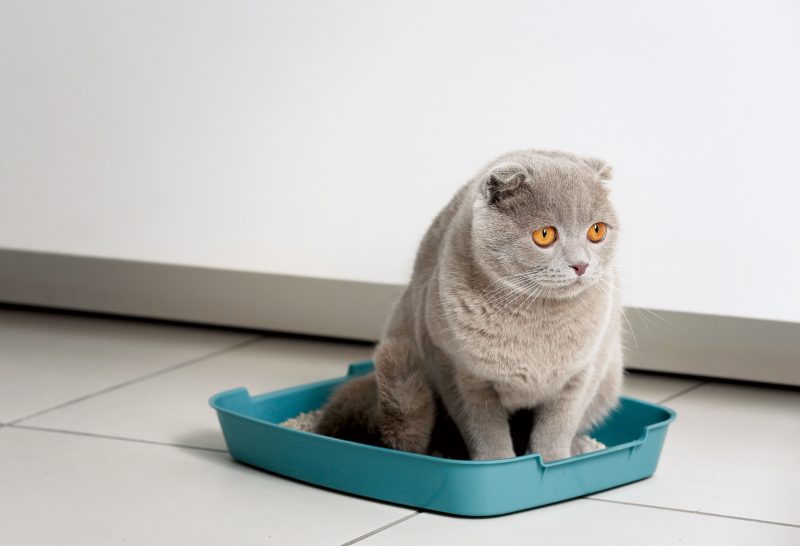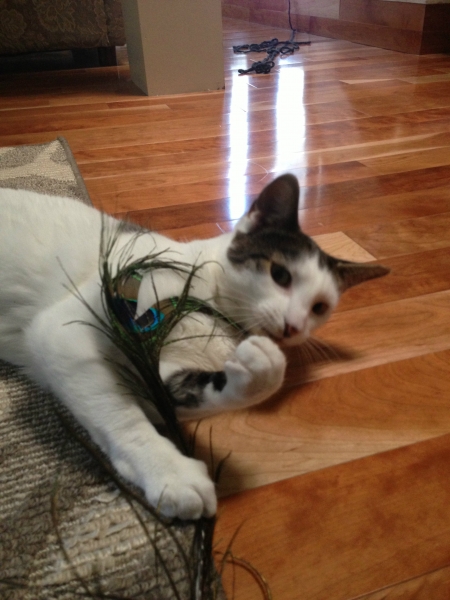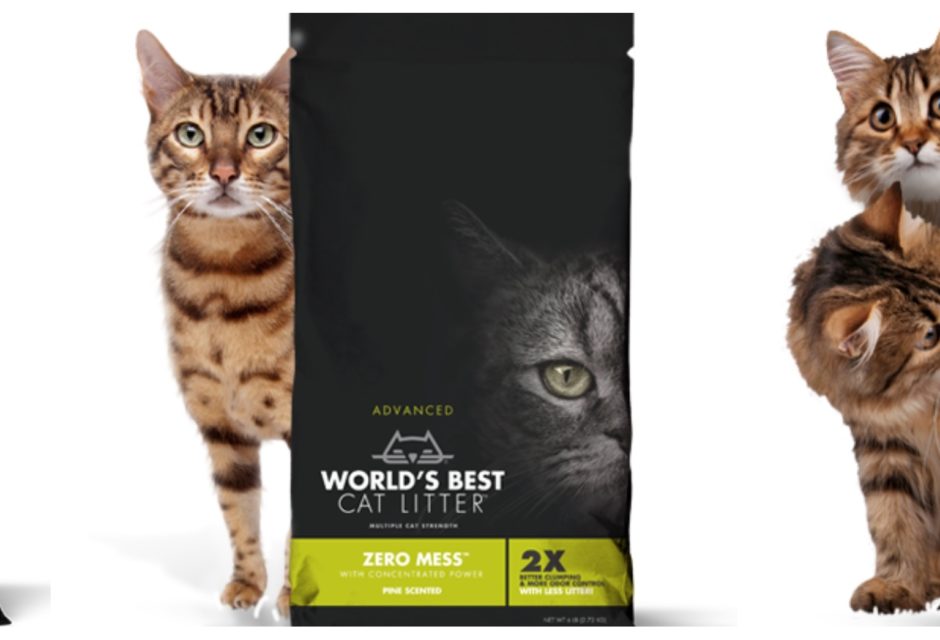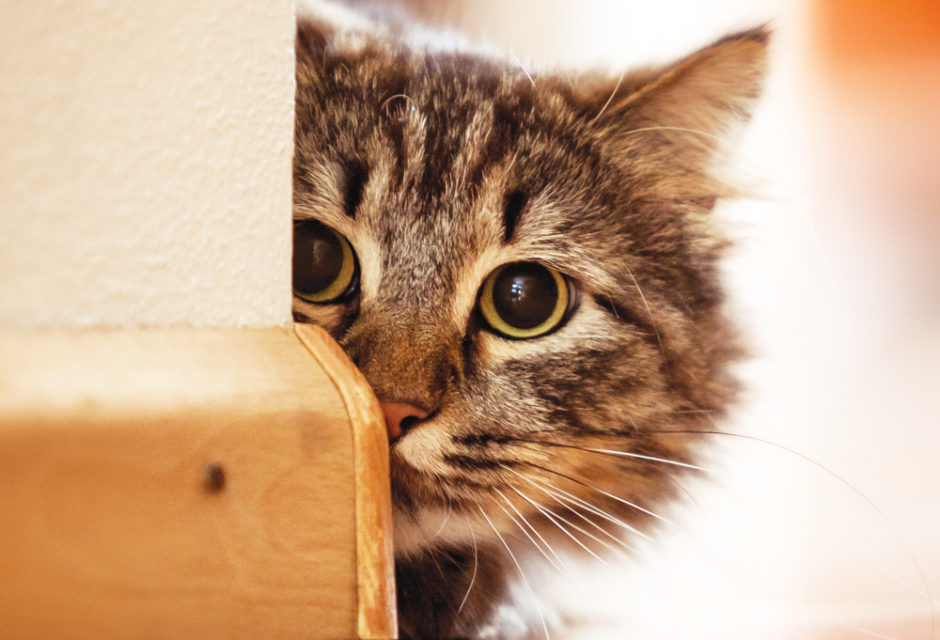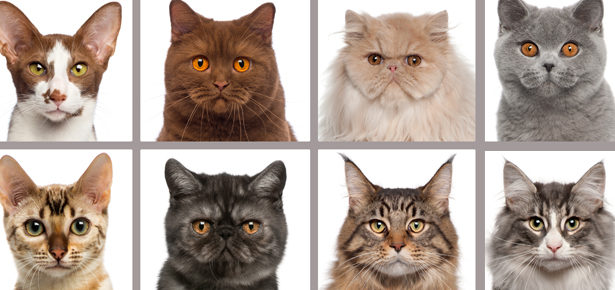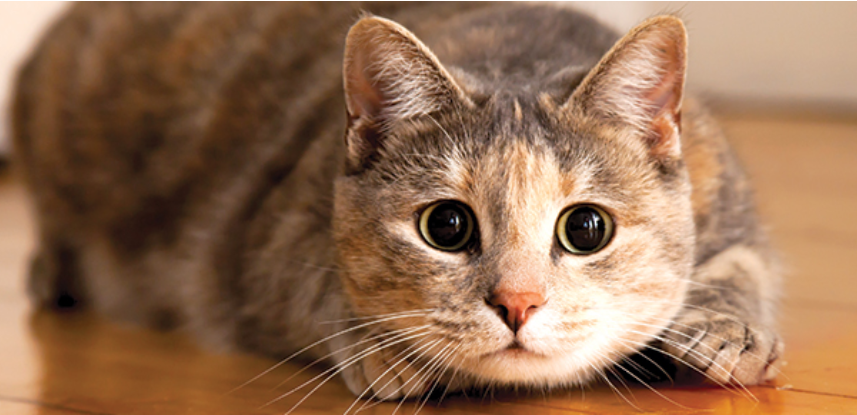
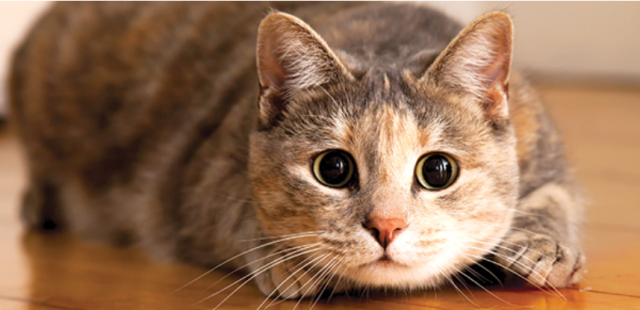
The All-Important Play Sequence
Your cat won’t play? Think you’ve tried everything? Maybe you’re doing it wrong!
By: Mieshelle Nagelschneider, Cat Behaviourist, host of the TV show My Cat From Hell, and author of the cat behaviour science book, The Cat Whisperer
Last Updated:
Cats are such agile, stealthy, and athletic predators. The same characteristics that allow a jaguar to ambush prey permit house cats to jump with precision off the sofa. We only need to watch cats play to gain an impression of their predatory prowess. And yet many people are unable to get their cats to play at all. This is not actually so remarkable if you watch how they’re playing with their cats. In short, they’re doing it wrong.
Many cat owners tell me they have “tried everything” and have had no luck getting their cats to so much as bat at a toy mouse. And those cat owners that can get their cats to play often find that play culminates in nothing more than frustration for both cat and owner. During such scenarios, the cat’s tension and stress build, and the appetitive behaviour (that which fulfills a need or compulsion to hunt, for example) may not be fulfilled, leaving the cat dissatisfied. In my practice, I try to help the cat owner get inside the mind of their cat to help them help their cat fully express all of his instinctual behaviours, including the hunting motor pattern sequence. This sequence includes the eye stare, the stalk and chase, the grab and bite or pounce and bite, and even the kill bite.
Cats are Lone Hunters
Really, with the exception of lions, cats are solitary hunters. Instinctively, our domestic cats do not hunt together. Because of this, if you have a multi-cat household, it’s important to avoid creating group playtime with your cats. Countering your cats’ instincts by trying to get them to take turns pouncing on a wand toy that you’re maneuvering can backfire. You can inadvertently encourage competition and spur on territorial disputes that can lead to ongoing hostility among cats. I’ve seen many cats blossom into confident players once other cats were removed from the scene. Relationships can improve between cats once you stop the group playtimes. It’s really amazing how issues resolve themselves when you create an environment that fits with your cat’s natural instinctual behaviour.
What Toy to Choose
Wand toys are some of the best toys to help simulate a “real” hunt for your cat. These are toys that require the owner to maneuver them. My favourite is the new Playful Panther, a wand toy designed to simulate erratic prey-like movement like no other toy I’ve seen. It really helps stimulate your cat’s inner wildcat instincts. Da Bird is also an excellent wand toy.
How to Play with your Cat: From Eye Stare to Kill Bite, the Complete Sequence
You are essentially the life of the prey target. Be cautious of the following, as I state in my book, The Cat Whisperer:
Don’t wiggle the toy in your cat’s face or move it toward your cat. This won’t make sense to your cat and it might frighten him. Real prey moves away. Real prey hides. Your cat also needs the mental stimulation of strategizing how he’s going to ambush that mouse behind the couch. It’s not all about chasing and pouncing and biting.
That being said, cats love the chase! This is their utopia. In fact, “the chase” is often preferred more than actually catching their prey or eating it. Most cat owners have heard of cats “half-killing” their prey and then releasing the prey only to catch it over and over again. When the injured prey runs behind a bush or flops around incapacitated behind a fallen tree where the cat can hear it, but can’t see it, a feeling of eager anticipation sets in and really gets the feel good brain chemicals going. Be sure to hide the toy for several seconds behind some furniture (making flopping and scurrying sounds) before presenting it again. If you’re like most cat owners, chances are you’ve looked under the sofa or refrigerator only to find a stockpile of cat toys from yesteryear. What most cat owners don’t know is that cats often bat them out of reach on purpose to create this feel good experience.
Your cat’s menacing stare is the beginning of the sequence, as he orients himself to the toy. Watch him stalk or chase it…the stalk or chase may be brief. Then, depending on your cat, he may assault the toy immediately, biting into it, or he may signal an impending attack by wiggling his behind. After grabbing and biting, many cats will play with their “prey” by purposely releasing it, repeating the stalk-and-chase and grab-and-bite steps over and over again.
Let your cat repeat this stalk, chase, bite, and release scenario over and over again and let the “prey” slowly die just like it would out in nature. Don’t make the game impossible or too easy for your feline family member. Let him decide how many stalks, chases, grab-and-bites, etc. he needs.
You may also witness something that looks like the Kill Bite. That’s when your cat won’t want to let go of the toy and may even try to carry it off. Or he’ll roll onto his side and kick against the toy with his back legs while biting into it. Letting your cat “finish the kill” can be very satisfying and rewarding to him. I’ve seen cat owners frustrate their cat by stopping far too soon, putting the toy away mid-hunt when the cat is completely revved up to chase and grab over and over again as a cat would in the course of weakening real prey.
I recommend at least one play session a day that lasts about 10 to 20 minutes, using an interactive wand toy. Some cats might do better with more frequent playtimes that are shorter in length—play around with time and duration to establish your cat’s particular preferences. In addition to interactive toys that you maneuver for your cat, it’s also important that you let him play on his own so he doesn’t become reliant on you to stimulate his prey drive every time. There are some great battery operated toys such as the Undercover Mouse and the Panic Mouse 360 and a wide variety of toys he can bat and chase by himself.
Make sure your cat always has several toys out available to him. Rotate toys each week to help ensure the play environment doesn’t become mundane.
It’s okay to offer cat food or treats after the playtime to further satiate your cat, but because eating and hunting are independently controlled behaviours, it’s not imperative to feed them afterwards.
Remember that cats enjoy different types of toys, but they also enjoy different types of play. Variety and experimentation is the key to keeping kitties happy. Have fun!
Check out Mieshelle Nagelschneider’s clinic here!
Looking for some toys worth chasing? Check out the pick of the litter here!
Join the newsletter and never miss out on cat content again!
"*" indicates required fields
By clicking the arrow, you agree to our web Terms of Use and Privacy & Cookie Policy. Easy unsubscribe links are provided in every email.





